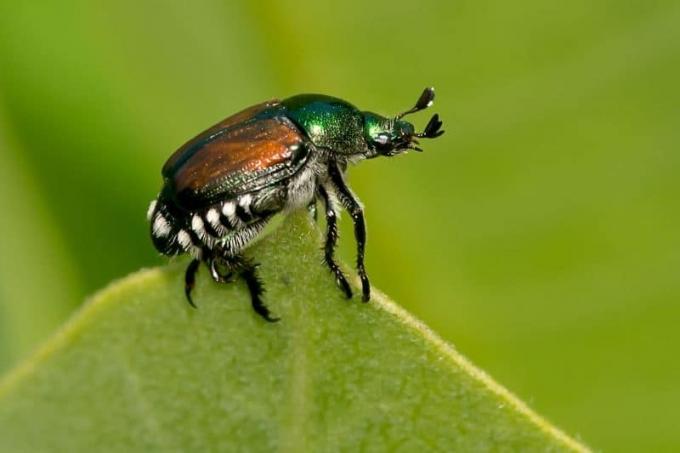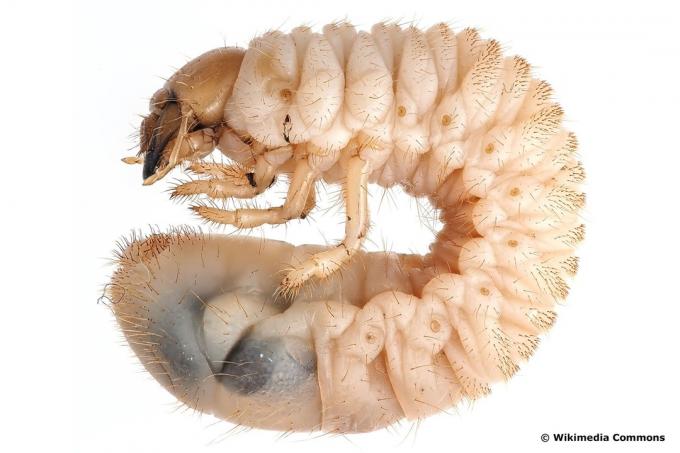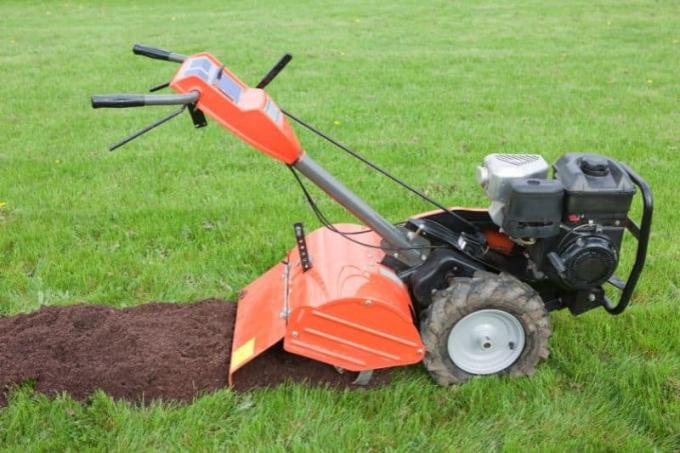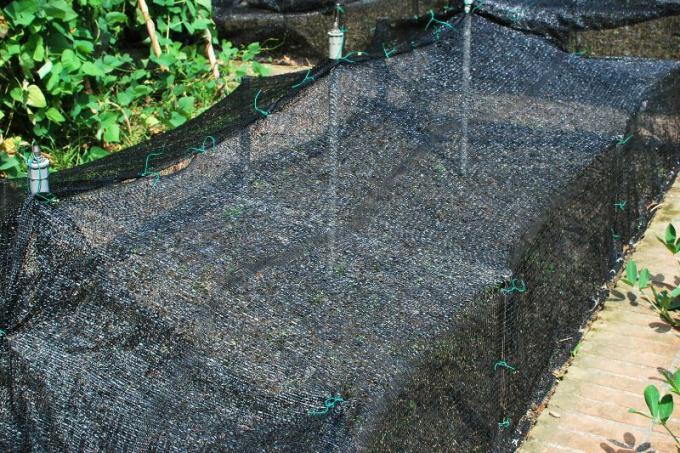
The Japanese beetle is an extremely voracious pest. Both beetles and larvae can cause great damage to different crops. But how do you recognize it and what should you do?
In a nutshell
- Japanese beetle invasive, closely monitored quarantine pest
- causes root damage below ground and skeletonization damage above ground
- broad host spectrum, high damage potential
- notifiable in Germany
Table of Contents
- Characteristics of the Japanese beetle
- larvae
- host plants
- detect infestation
- ways to combat
- Mechanical combat
- biological countermeasures
- Prevent an infestation
- Danger potential of the Japanese beetle
- frequently asked Questions
Characteristics of the Japanese beetle
The Japanese beetle (Popillia japonica) from the family of scarab beetle originally comes from Japan and has now also arrived in Germany. Due to its damaging potential, it is important to be able to identify beetles and larvae clearly based on their characteristic features.

- adult beetles 8-11 mm long
- Pronotum conspicuously shimmering gold-green, copper-colored wings
- five white tufts of hair below the elytra
- additionally two tufts of hair on the last body segment
- Females usually larger than males
- become rigid when threatened, spread their legs
- Main flight time mid-May to August
- like to appear in groups
larvae
The larvae are white c-shaped grubs with a yellowish-brown head. Her body length is approx. 32mm The larvae have three thoracic segments, each with a pair of legs, and ten legless abdominal segments. On the back of the body segment there is a V-shaped row of hairs on the ventral side.

host plants
More than 300 plant species form the basis of food for this voracious pest. He is not picky and fusses over fruit and other deciduous trees, vegetables, agricultural crops such as corn, potatoes, tomatoes, beans, strawberries, asparagus and wine as well as ornamental plants and shrubs, Lawn-, meadow and pasture grasses. It not only eats the leaves, but also causes great damage to flowers and fruits. Preferred food sources are herbs and grasses on damp meadows.
detect infestation
An infestation is often only recognized when damage has already occurred. It is all the more important to always take a closer look.
- adult beetles feed on the upper side of leaves
- only the leaf tissue between the leaf veins
- omit leaf veins, characteristic skeletal damage
- thick and solid plant parts are spared
- Larvae destroy plants by feeding on roots
- Green areas, ideal nursery for larvae
- Brown discoloration of the grass, a sign of possible infestation

Tip: Many other root pests also produce the damage caused by the larvae. Therefore, when in doubt, it is advisable to dig up the grubs and examine them for typical features such as the distinctive hairline.
ways to combat
Once the beetle has established itself, combating it is very difficult. It is all the more important to detect an infestation as early as possible. This is where pheromone traps can be very helpful. However, they are not suitable for combating this pest.
Mechanical combat
- first step catch and report the beetle
- in the case of initial infestation, collection is still promising
- regular tillage e.g. B. with motor tiller
- combats soil-dwelling larvae, pupae and beetles when they hatch
- Catch newly hatched beetles with fine-meshed nets
- particularly suitable for small infested areas
- Kill bugs after catching
- if the infestation is very small, use decoy traps if necessary

Tip: Under no circumstances should you crush the beetles to kill them, as this could give off a pheromone that attracts other beetles.
biological countermeasures
To combat the larvae, natural enemies such as parasitic nematodes z. B. Heterorhabditis bacteriophora and Steinernema glaseri can be used. You should always ensure that nematodes are only applied in sufficient numbers on moist soil and not in direct sunlight. You should then keep the soil moist for several weeks. However, nematodes are ineffective in cold weather.
Adult beetles can feed on fruit and vegetable crops in particular neem products be fought. Make sure to create small niches for natural opponents such as B. for grilling, birds, ground beetles, shrews, hedgehogs or moles.
A notice: There are currently no approved insecticides against the Japanese beetle.
Prevent an infestation
Diversity of species and organisms plays an important role in control and prevention. It helps to restore the ecological balance after an infestation by the Japanese beetle, although it is unlikely that this pest can be completely eradicated. But in addition to promoting biodiversity, there is much more that can be done:
- shallow tillage in autumn
- reduces larval survival
- are carried to the surface, easy prey for birds
- avoid excessive watering between May and July
- Protect cultures with fine-meshed culture nets

It also makes sense to let the lawn grass grow higher to make it more difficult for the Japanese beetle to lay eggs.
Danger potential of the Japanese beetle
This flying beetle and its larvae can pose a serious threat to both agriculture and the home garden, which is why it is also a reportable species. Especially in the warm season with temperatures above 21 degrees, it can develop into a real plague and cause enormous damage, favored by its strong potential for reproduction.
- can affect more than 300 plant species
- Beetle feeds on leaves, flowers and fruits
- damages stigmas of female inflorescences in maize, for example
- fertilization is no longer possible
- Grains cannot ripen
- in massive occurrence defoliation
- Destruction of entire plant populations due to root damage by the larvae

A notice: Infested plant parts and soil contaminated with eggs or larvae must not leave the affected region to prevent spread.
frequently asked Questions
They overwinter as larvae in the soil at a depth of 25-30 cm. As soon as the temperature rises above ten degrees in spring, they migrate to higher soil layers and start eating at the roots. A few weeks later they pupate and hatch from mid-May.
Because of its copper-colored wings, it can easily be confused with the native garden beetle and the small June beetle at first glance. In contrast to the Japanese beetle, however, these two have no bright tufts of hair on the sides of their abdomen.
Suspicious beetles should be reported immediately to the responsible plant protection service. The place of discovery should also be described in detail in order to make tracking possible. Ideally, you can photograph the beetle, capture it and keep it safe in a sealed jar.
